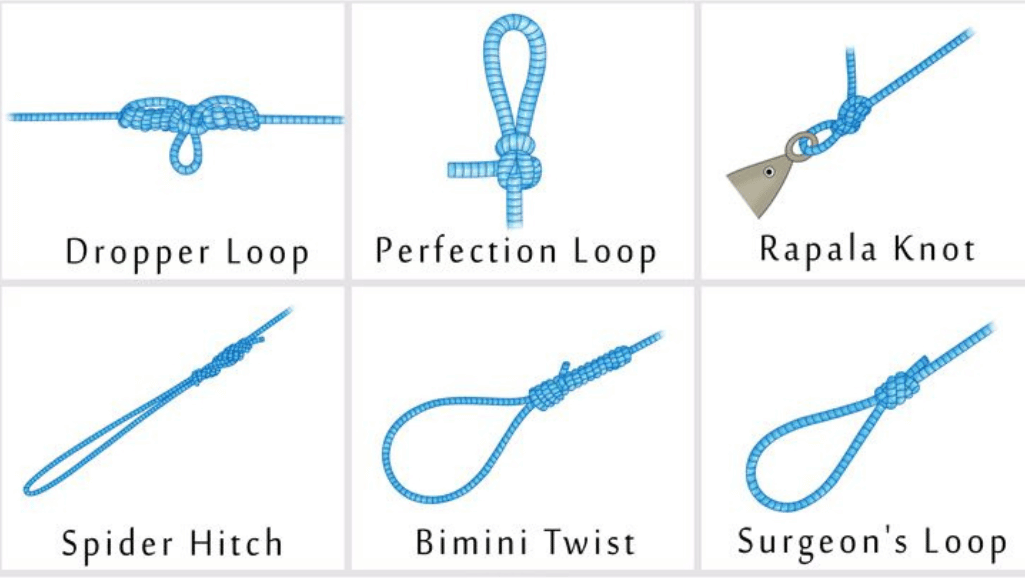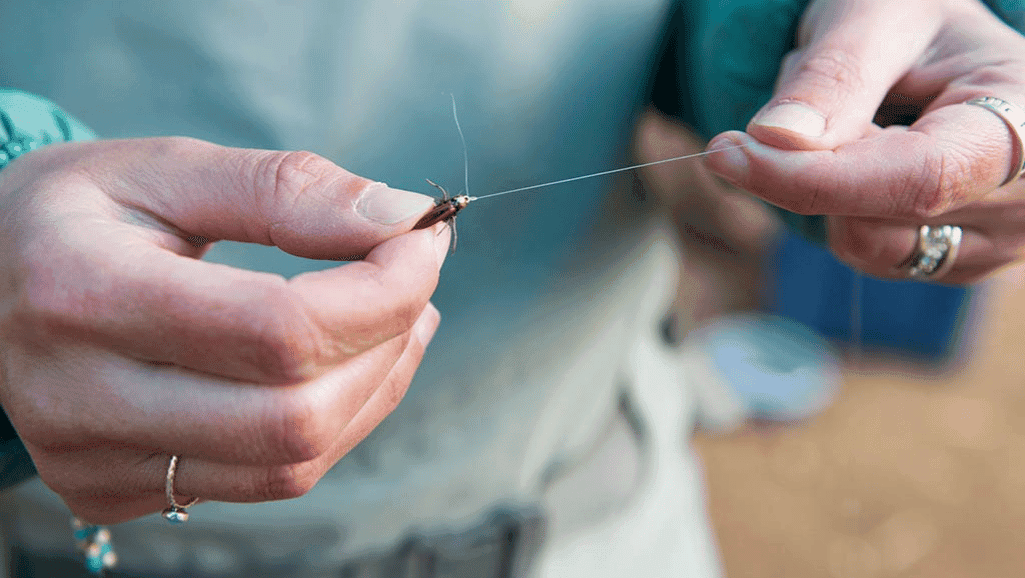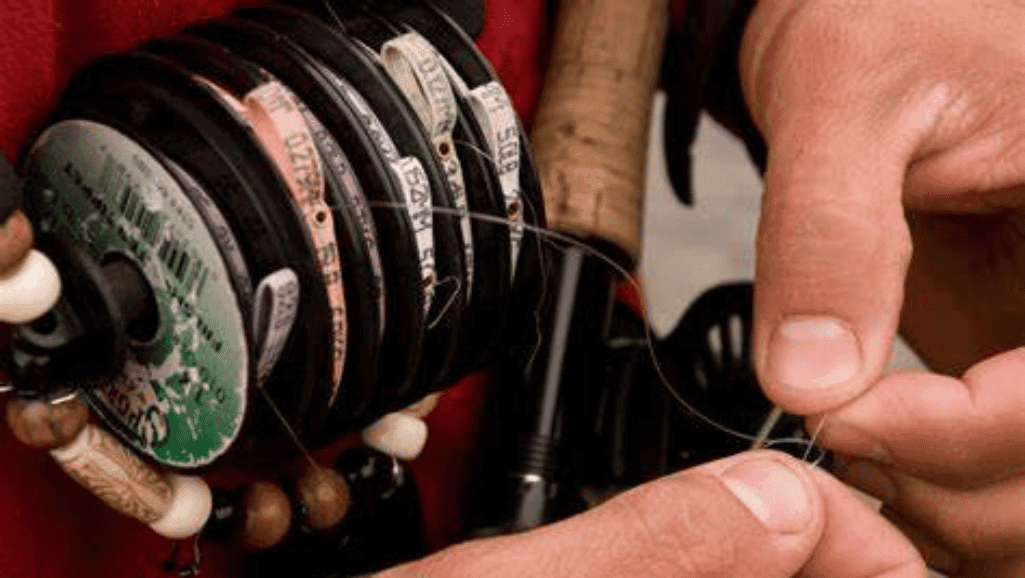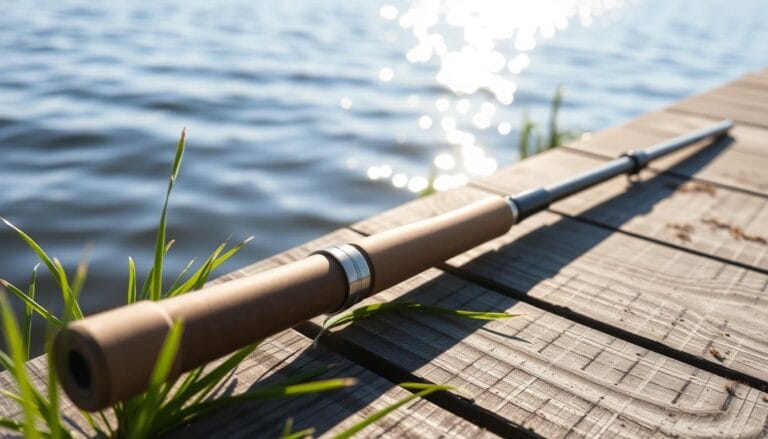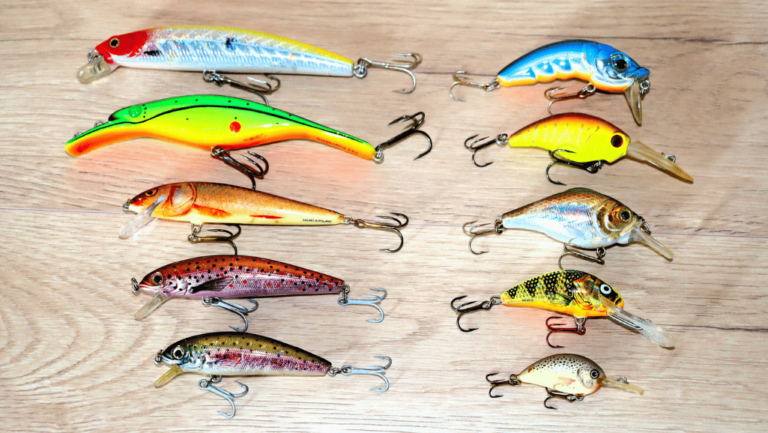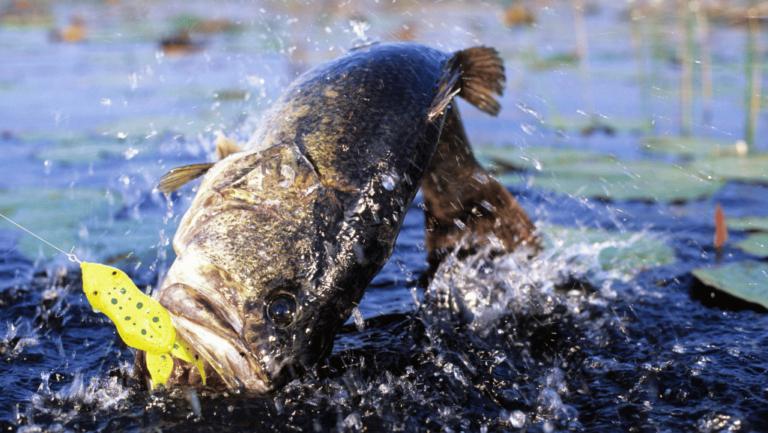For every angler, learning how to tie a fishing knot is key. It keeps your catch safe and is crucial for a successful fishing trip. This essential fishing knot guide offers easy fishing knot instructions to boost your skills. It’s perfect for both experts and beginners, making every cast better.
In fly fishing, a system of knots is a must. The Bimini Twist and Duncan loop are just two important knots. This guide will show you how to tie everything from the backing to the tippet. It will give you the edge you need for great fishing. Discover the art of knot tying and become a true expert.
Key Takeaways
- Gain proficiency in a variety of essential knots for a continuous fly line system.
- Understand the significance of each knot in the fly fishing rig for a seamless experience.
- Learn through clear and concise instructions for each step in the knot-tying process.
- Enhance your fly fishing escapades with reliable and strong knots.
- Access resources that elevate your tying techniques, boosting your fishing prowess.
- Become adept at choosing the correct knot for your specific fishing scenario.
The Importance of Knot Tying in Fly Fishing
Fly fishing is all about tying knots that are strong and work well. Beginners can learn a lot from best fishing knot tutorials or fishing knot techniques. These skills help prevent line breakages and increase the chances of catching fish.
The Role of Knots in a Continuous Fly Line System
Good fly fishing setups rely on strong knots. Each connection, from the backing to the fly line, and then to the leader and tippet, needs a reliable knot. Using the best fishing knot for beginners in each spot is key. It makes sure the line is durable and casts smoothly.
Choosing the Right Knot for Your Fly Line, Leader, and Tippet
Tying fishing knots like a pro means knowing many knots for different situations. Here’s a table that shows some common fly fishing knots. It tells you what they’re used for and how strong they are. This helps both new and experienced anglers pick the right knot for their gear.
| Knot | Use | Strength |
|---|---|---|
| Palomar Knot | General-purpose; ties line to hooks, lures, or swivels | High (up to 20 lb test) |
| Arbor Knot | Attaches backing to fly reel | Essential for preventing slip |
| Albright Knot | Connecting differing diameters; monofilament to wire | Very Good |
| Nail Knot | Attaching fly line to backing or leader | Excellent for smooth ends |
| Double Surgeon’s Loop | Creating loops in leaders or tippet lines | Quick and effective |
| Improved Clinch Knot | Securing tippet to the fly | Highly Secure |
Choosing the right knot and learning how to tie it makes sure all parts of the line work together well. This leads to better and more fun fly fishing.
How to Tie a Fishing Knot: Backing and Fly Line Basics
Knowing how to tie your backing to the fly line is key to fishing success. It makes your setup strong and boosts your confidence when facing big fish.
The Function of Backing on Your Reel
Backing on a fishing reel fills the spool, keeping the fly line from coiling. It also gives you more line for fighting big fish. Using the best techniques and bait can make your setup even better.
Connecting Backing to Fly Line with Confidence
Start by securing the backing to the reel with an arbor knot. Then, wind the backing on under tension to avoid tangles. Finally, use a double surgeon’s loop for a strong connection to the fly line. These steps make your fly fishing setup better and simpler.
Learning the best fishing knots helps you fish better. It keeps your lines stable and lets you tackle big fish and tough conditions. Adding spring bass fishing tips makes your fishing trips even more successful.
Understanding the Different Types of Fishing Lines
In the world of fishing, picking the right fishing line and learning the best fishing knots is key to doing well. Each line type has its own features and benefits. The right knots can make the most of these advantages.
The Distinctive Advantages of Braided Lines
Braided fishing lines are known for their high strength and low stretch. They help you feel even the slightest bites. They also cast more accurately because they have less memory.
To get the most out of these lines, use strongest fishing knots made for braids. These knots help use the braid’s strength, reducing lost fish and improving your fishing.
Navigating the Challenges of Knot-Tying with Braided Lines
Braided lines can be tricky to tie knots with because they are slippery and don’t stretch. The right knot, like the Berkley Braid Knot, keeps the line tight and prevents it from coming loose. This guide shows how important the right technique is for beginners.
Learning about fishing knots like the Double Uni Knot, Palomar Knot, and Improved Clinch Knot is crucial. These knots work better with braids than other lines. The Palomar Knot is simple but keeps the strength of braids well.
Whether you’re new to fishing or have years of experience, knowing how to use different fishing knots with braided lines is vital. This knowledge leads to strong, reliable connections. It makes fishing more efficient and fun.
Popular Fishing Knots for Braided and Monofilament Lines
Learning to tie fishing knots is key for any angler, whether you’re using braided or monofilament lines. This section offers step-by-step fishing knot directions and highlights top knots used in fishing. These techniques are vital for securing your line for the next big catch. To learn fishing knots online, checking out top fishing knot videos is very helpful.
The Palomar Knot is simple and strong, perfect for attaching a hook to a braided line. For monofilament, the Trilene Knot, or Two Turn Clinch Knot, is great for attaching swivels, snaps, and lures.
The Uni Knot works well with both line types, especially for connecting Superline to leaders. The Uni to Uni Knot is great for joining lines of similar size. The Surgeon’s Knot is a top pick for lines of different diameters.
For saltwater fishing, double the line’s end before tying knots for better break strength. The three-wrap Trilene Knot is a good choice for attaching wire leaders to lures in pike or musky fishing. It has a cushioned connection that reduces the impact of jarring.
Tim Wiedow from Berkley Lab advises to wet the knot, tighten slowly, and avoid pulling too hard, especially with fluorocarbon lines. This keeps the knot strong and reliable.
For more on casting techniques for these knots, check out this guide on spinning reel casting. It has tips for both beginners and experts.
Knowing these knots and how to use them can greatly improve your fishing success and fun. With many fishing knot video tutorials online, you can easily improve your skills and face any fishing situation with confidence.
Mastering the Palomar Knot
The Palomar Knot is known for its simplicity and strength. It’s a key knot for beginners in fishing. It’s great for securing hooks, lures, or swivels. This knot is dependable and easy to use, letting anglers focus on catching fish.
When to Use the Palomar Knot
This knot is best for situations needing a strong and reliable connection. It works well with lightweight and braided lines, perfect for drop shotting. Anglers use it in rigs like the Tokyo Rig or Texas Rig in both saltwater and freshwater. It’s a top choice for fishing success.
Step-by-Step Palomar Knot Tutorial
Tying a Palomar Knot is easy. Start by doubling the line to make a loop, then push the loop through the tackle’s eye. Make an overhand knot above the eyelet, leaving the tackle loose. Pull the tackle through the loop, then moisten and pull both ends tight to secure it. Here’s a quick guide and visual to help you:
| Characteristic | Detail |
|---|---|
| Total Time to Tie | 2 minutes |
| Line Type Compatibility | Braided, Monofilament |
| Breaking Strength with Braided Line | 14lb to 15lb |
| Average Breaking Strength | 95% of line’s rated strength |
| Suggested Applications | Tokyo Rig, Texas Rig, Drop Shotting |
| Popularity | High among saltwater and freshwater anglers |
With these tips and the tutorial, beginners can quickly learn the Palomar Knot. Mastering this knot boosts your fishing line’s strength and improves your fishing. It’s a top choice among anglers, making it a key part of fishing success.
Conclusion
Mastering fishing knot skills is key for every angler. This article has shown how different essential fishing knot methods help in a fishing strategy. We’ve seen how the Orvis Knot, Double Uni Knot, Palomar, and Albright knots are crucial.
These knots are not just for fishing. They show how anglers adapt to different fishing lines and situations. Learning these essential fishing knot skills can make your fishing success more reliable. Whether you’re using braided lines or tying flies, these techniques are important.
Getting good at these knots takes practice and preparation. We suggest going back to these methods to improve your skills. Remember, the knot is where the line meets the challenge. Make sure your knots are strong to match your passion for fishing. Each technique adds to your fishing experience and could lead to your next big catch.

